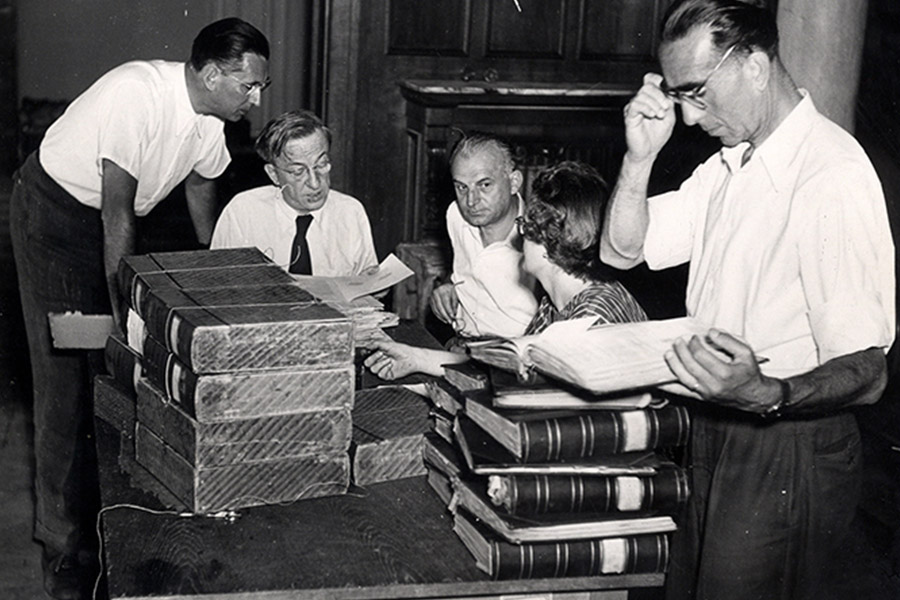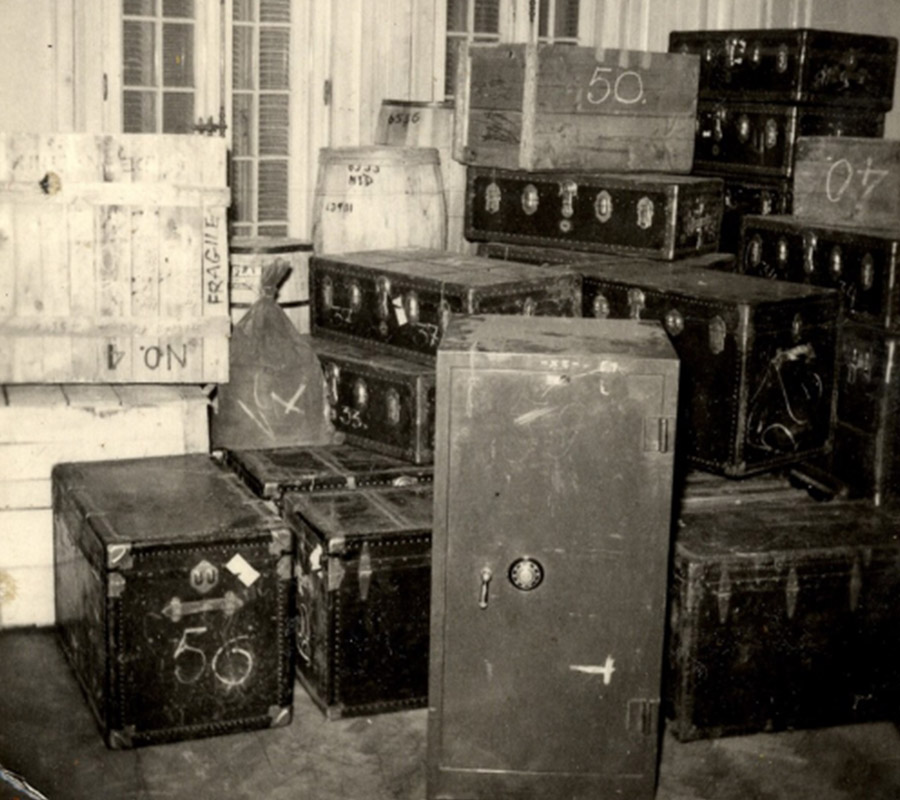About
History
After the death of Nikola Tesla, an American court, in January 1943, awarded custody of his property to Sava Kosanović. the son of Tesla’s youngest sister Marica. Sava Kosanović was a Serbian politician, publicist and diplomat who, at that time, was living in New York as a member of the Royal Yugoslav Government-in-exile.
Following his death, Tesla’s entire property was packed, sealed and handed over to the Office of Alien Property Custodian. His belongings were transferred from the New Yorker Hotel to the Manhattan Warehouse and Storage Co. where some of Tesla’s property was already stored.

On the initiative of Sava Kosanović, all Nikola Tesla’s personal property and writings were shipped to Belgrade, where Kosanović subsequently presented them to the state. Packed in sixty packages, suitcases, metal trunks and barrels, the legacy of Nikola Tesla arrived on the ship Serbia in the port of Rijeka in September, 1951. The material was then transferred by train to Belgrade, where it was stored in the Belgrade University Faculty of Electrical Engineering. In June, 1952, it was moved from the Faculty to the Genčić Villa at 51 Proleterskih Brigada, as the street was then known. That address is now the Museum.
On the basis of Article 80, Paragraph 2, of the Yugoslav Constitution, and at the proposal of the Government Council for Science and Culture, the Yugoslav Government, on December 5, 1952, resolved to establish the Nikola Tesla Museum. This resolution was signed by Josip “Tito” Broz, and published in the Official Gazette no. 59, on December 10 that year. The same year, Veljko Korać, a professor of the Belgrade University Faculty of Philosophy, was appointed the founding director.

The Nikola Tesla Museum in Belgrade was opened to the public on October 20, 1955. It was the first technical museum in Yugoslavia. The opening presented the permanent exhibition, which gave visitors the opportunity to see models built accurately according to Tesla’s drawings.
The museological work of the Nikola Tesla Museum may be seen as beginning in 1957, when the urn received by the Museum went on display as a permanent exhibit. On October 9, 1969, the city of Belgrade took over the founding rights, based on the agreement concluded between the city of Belgrade and the Federation. On May 21, 2020, at the proposal of the Ministry of Culture and Information, the Government of the Republic of Serbia adopted the Decision on taking over the founding rights of the Nikola Tesla Museum (number 022-3929/2020). The City of Belgrade transferred all founding rights, obligations and responsibilities to the Republic of Serbia free of charge, and the Nikola Tesla Museum received the status of a republican cultural institution.
The museological work of the Nikola Tesla Museum may be seen as beginning in 1957, when the urn received by the Museum went on display as a The Nikola Tesla Museum is today, by any criteria, a scientific and cultural institution which is unique in Serbia and the world. It is the only museum preserving the original and personal legacy of Nikola Tesla. Its holdings include the following exceptionally valuable collections:
- More than 160,000 original documents
- More than 2,000 books and periodicals
- More than 1,200 historical and technical exhibits
- More than 1,500 photographs and glass photographic plates of original technical items, instruments and devices
- More than 1,000 plans and drawings.
